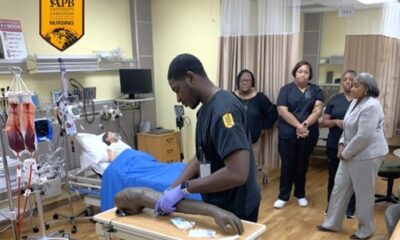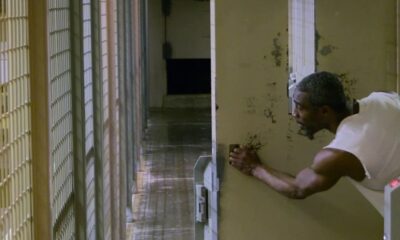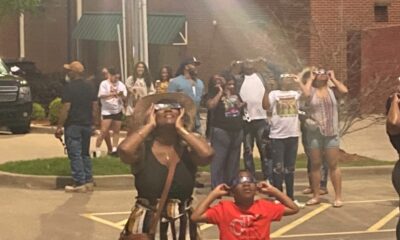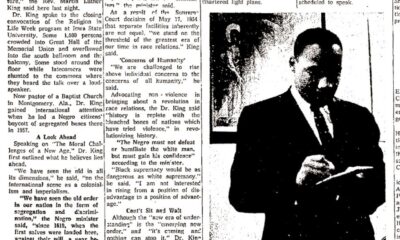Featured
Why All Protests Are Not the Same
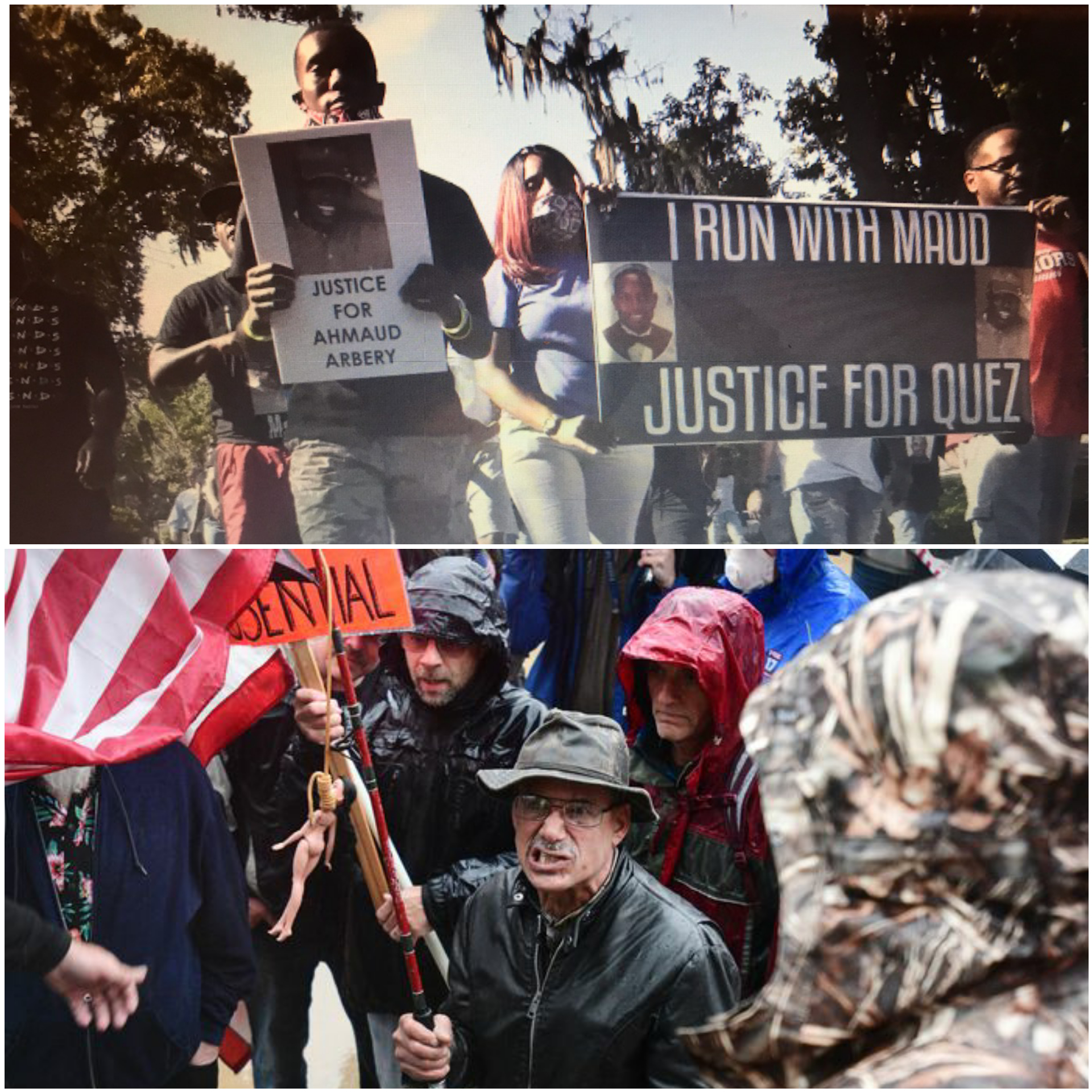
The Trump Administration is reviving a favorite scapegoat, former President Barack Obama, during the coronavirus pandemic as a desperate diversion from Trump’s widely criticized response to the virus and election-fueled efforts to restart the economy by siding with stay-at-home protesters who in some states are heavily armed white men bearing Confederate flags and swastikas.
“I think one thing that the majority of Americans felt like after so many days of self-quarantine, people of privilege started to feel like they weren’t able to use them,” said Dr. Veronica Newton, a Sociology Professor at Georgia State University. “That’s where you get the white aggressors. They are not really protesting anything. They just are upset that they can’t live their life like they want to…that’s new for a lot of Americans who have never had to listen to the government before.”
In Michigan, state leaders closed the state capitol and canceled the legislative session after Governor Gretchen Whitmer received online death threats which included a crowdfunding page to hire a hitman to kill her. Whitmer told ABC News last week that some lawmakers were wearing bulletproof vests to work. Michigan State Representative, Sarah Anthony, arrived at the Capitol escorted by a group of armed Black and Latino activists.
Newton added, “When you think of the white racial identity, it makes sense why they’re protesting. Imagine living your life without ever having the government telling you what you can do with your body, where you can go. And, we know Black folks have not had that opportunity…even now, thinking about ‘Where is it safe to be black?’”
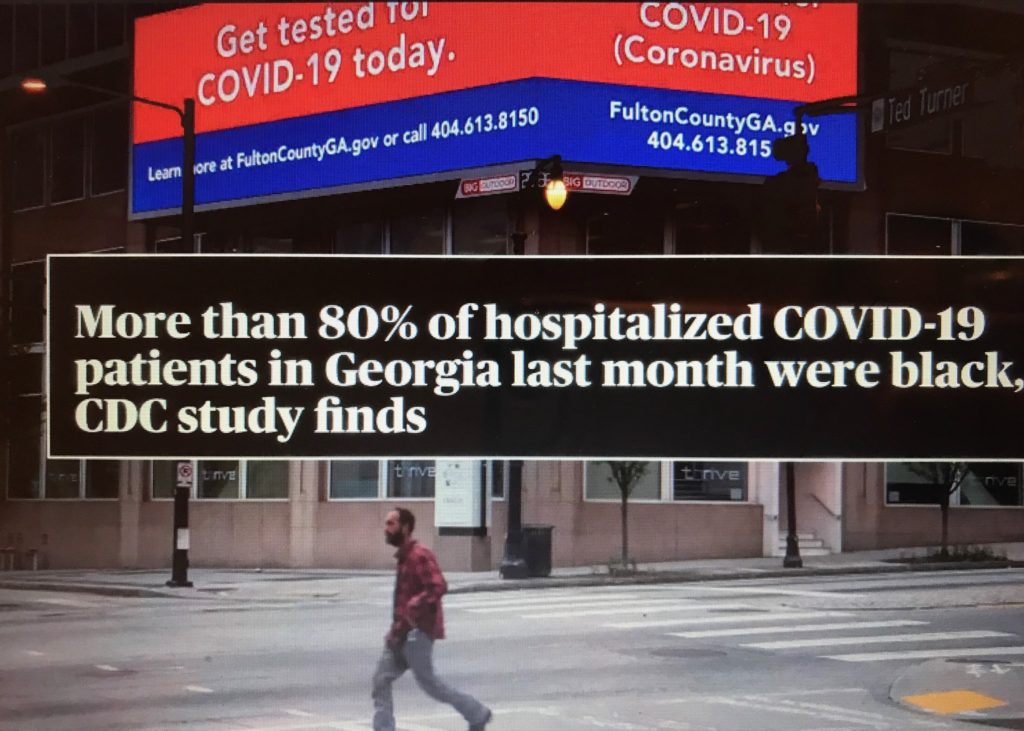
The pandemic is exposing the glaring disparities Black Americans face daily. Low-income service jobs held primarily by minorities, inadequate access to healthcare, household density, and pre-existing conditions exacerbated by a host of inequities have made the population particularly vulnerable to Covid-19. Critics of reopening too soon suggest there may be a racial component to the protests in Michigan and elsewhere focused on commerce over concern.
The State of Georgia
Amid the reopening in Georgia, the rising rate of coronavirus infections and the killing of Ahmaud Arbery have created widespread anger. A white father and son, Greg and Travis McMichael, have been charged with murder in the case of the 25-year-old unarmed jogger who they accused of several burglaries in their area. A video shows Arbery visiting a construction site but the developer says nothing was taken.
McMichael’s job as a former investigator in the county prosecutor’s office and other ties to law enforcement in the Brunswick, Georgia area apparently held criminal charges at bay for almost three months until a video of the shooting went viral. Two prosecutors who recused themselves from the case are now being investigated by the Georgia Bureau Investigation.
Protesters around the country described Arbery’s killing as a lynching.
“As a historian, I am able to see patterns between past and present,” said Dr. Talitha LeFlouria, an African and African-American Studies professor at The Carter G. Woodson Institute at the University of Virginia. “While the methods may have changed, the intent is still there. The mob element is still there. The hatred, the animus, all of that is still very much alive. I want to push back against those that seem to be believe that lynching in the modern context varies much from the past. Whether you use a rope, whether you use a gun, whatever apparatus you use to take another person’s life based on their race, their ethnicity, whatever way one finds to dehumanize another human being, it all the same. The intent hasn’t changed, and the target hasn’t changed.”
LeFlouria joined a panel of distinguished activists, attorneys, and scholars during a weekly Wednesday night webinar hosted by the African American Policy Forum and well-known attorney Kimberle Crenshaw. They also discussed the death of 26-year-old Breonna Taylor who was shot and killed in March in her own home by Louisville, Kentucky police who had a “no-knock” warrant to search Taylor’s home as part of a narcotics investigation. When police entered Taylor’s home, her attorney says the emergency medical technician opened fire, thinking her home was being broken into. Drugs were not found in the home.
Wearing masks and adhering to social distancing guidelines, protesters have taken to the streets in both Arbery’s case and Taylor’s. But, as Newton, the sociologist, pointed out there is a distinction between the armed protesters in Michigan, who at one point linked their cause to Rosa Parks, and those taking a stand in the two shooting deaths.
“There is such a large disconnect between different freedoms and luxuries, and people protesting civil liberties, basic human rights,” Newton explained. “When you think of the number of Black people who have been harmed and killed by a white person, you have to think, ‘ What’s going on in that person’s head to think they could do whatever they wanted and go unscathed?’ That’s not typically how humans should interact. We need each other…humans weren’t meant to be separated.”

-

 Black History5 months ago
Black History5 months agoThe untold story of a Black woman who founded an Alabama hospital during Jim Crow
-

 Featured9 months ago
Featured9 months ago‘No Closure’ In Town Where Five Black Residents Were Either Murdered, Died Suspiciously Or Are Missing
-

 Black History10 months ago
Black History10 months agoBlack History Lost and Found: New Research Pieces Together the Life of Prominent Texas Surgeon and Activist
-

 Featured9 months ago
Featured9 months agoFounder of “The Folding Chair” Podcast Calls Montgomery’s Brawl ‘Karma’
-

 Featured9 months ago
Featured9 months agoThousands ‘Live Their Dream’ During National Black Business Month
-

 Featured11 months ago
Featured11 months agoJuneteenth And ‘246 Years Of Free Labor’ Are Key To Conversations About Reparations


